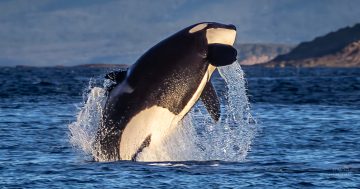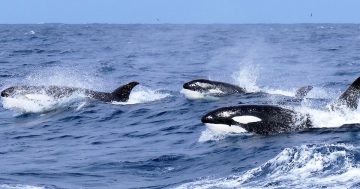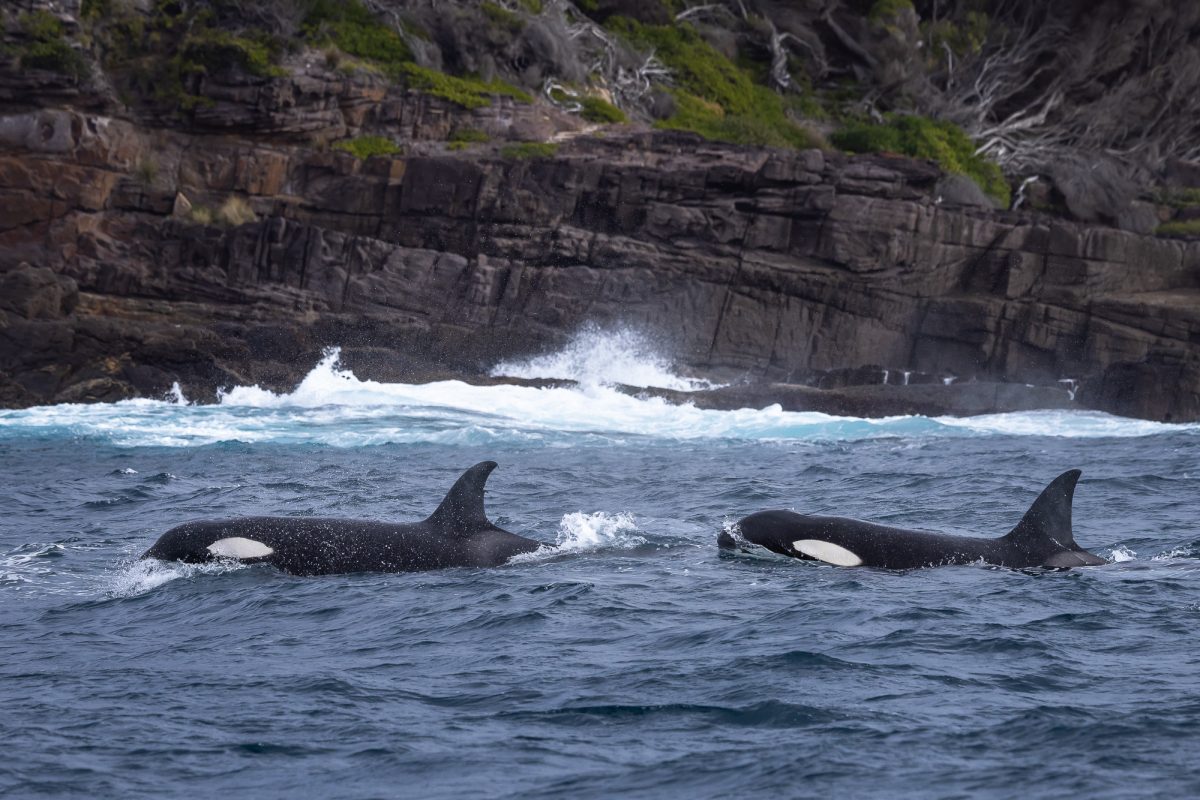
David Rogers realised he had “struck gold” when the tour came across the killer whale pod unexpectedly. Photo: David Rogers Photography.
A series of “happy coincidences” have given a South Coast photographer the chance to photograph some well-known icons of the region.
Landscape and wildlife photographer David Rogers was on the waters off the NSW Far South Coast in a cruise organised by Sapphire Coastal Adventures in early July.
“We were on a commercial whale watching tour for the humpback season – they were a bit scarce, and we were thinking that’s a bit strange,” he said.
“One of the passengers actually spotted a dorsal fin and asked if it was a dolphin – it was too small to be a [humpback] whale and too large and black to be a dolphin.”
In the water was matriarch “Splitfin” – identifiable by her damaged dorsal fin – several other adults and two calves.
“We went around the point for another kilometre and found the rest of the pod,” he said.
“Everyone was so excited to see them. We didn’t see a humpback, but we struck gold and saw the orcas instead.”
Under the watchful eye of Green Cape Lighthouse, about 40 km south of Eden, in Beowa National Park, Mr Rogers started snapping as many photographs as he could.
“They were travelling very close to the shoreline, [at] only a few metres off the rocks,” he said.
The tour followed the pod for about an hour as the whales swam towards the open sea and away from the coast.
“It was a totally random thing – they just randomly appeared during a commercial tour so there was a full boat of passengers and tourists who got to see them.”
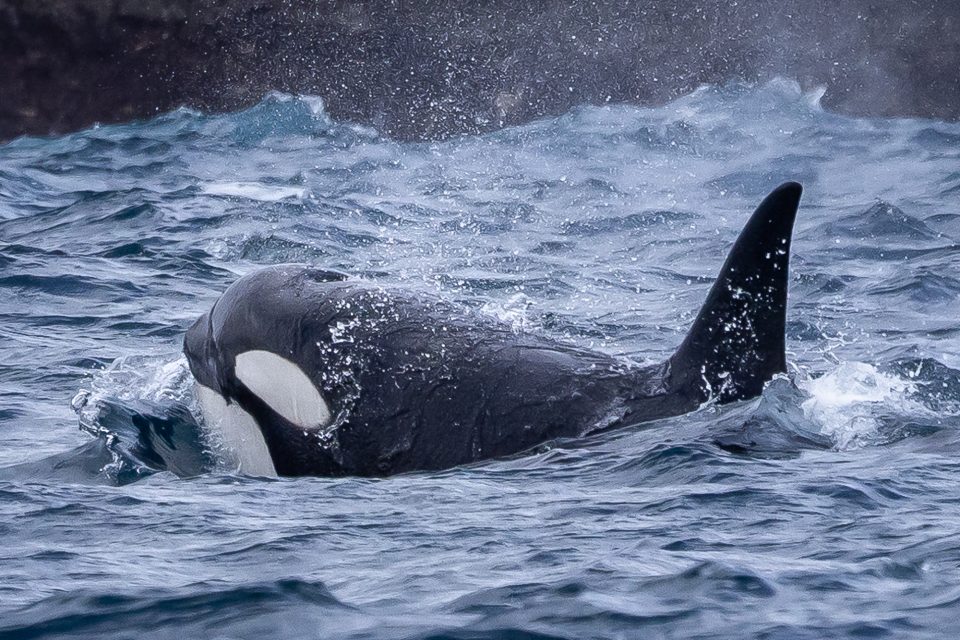
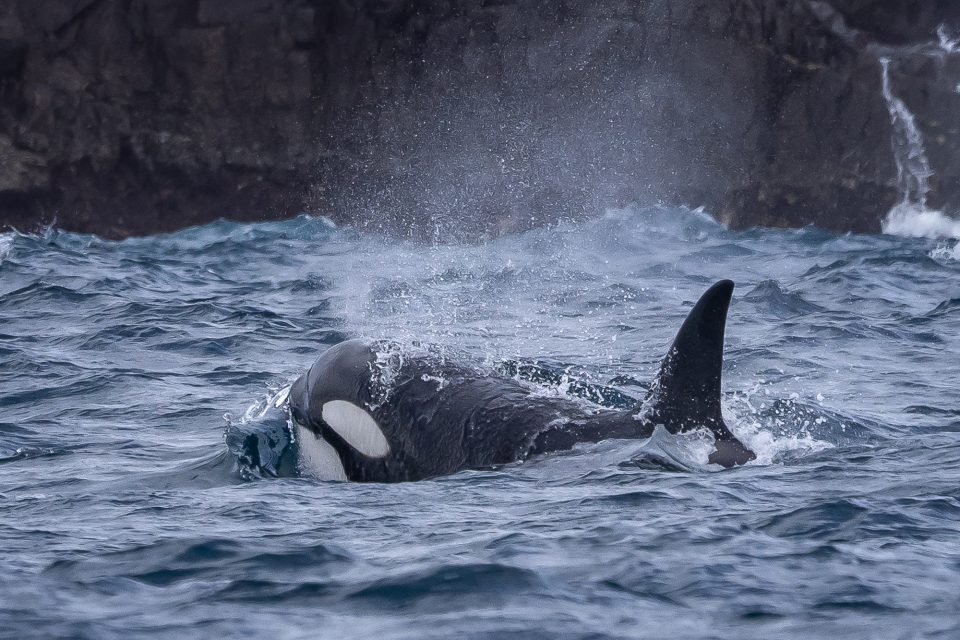
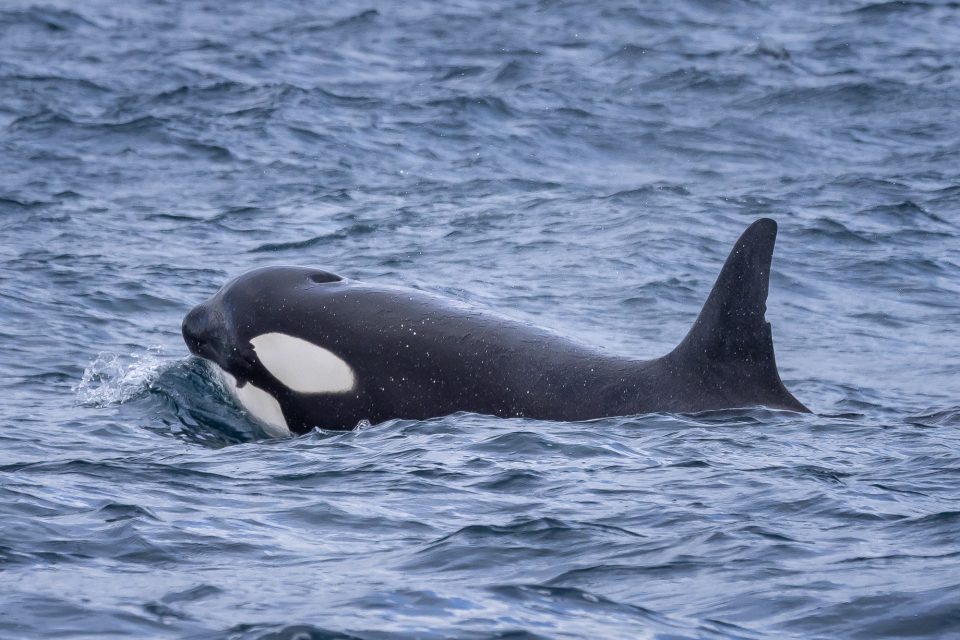
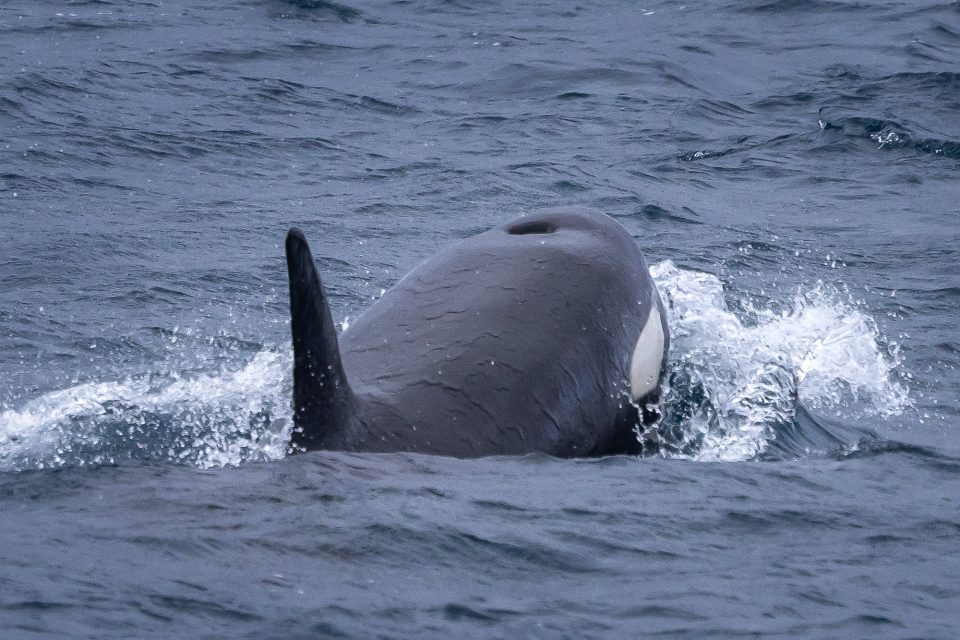
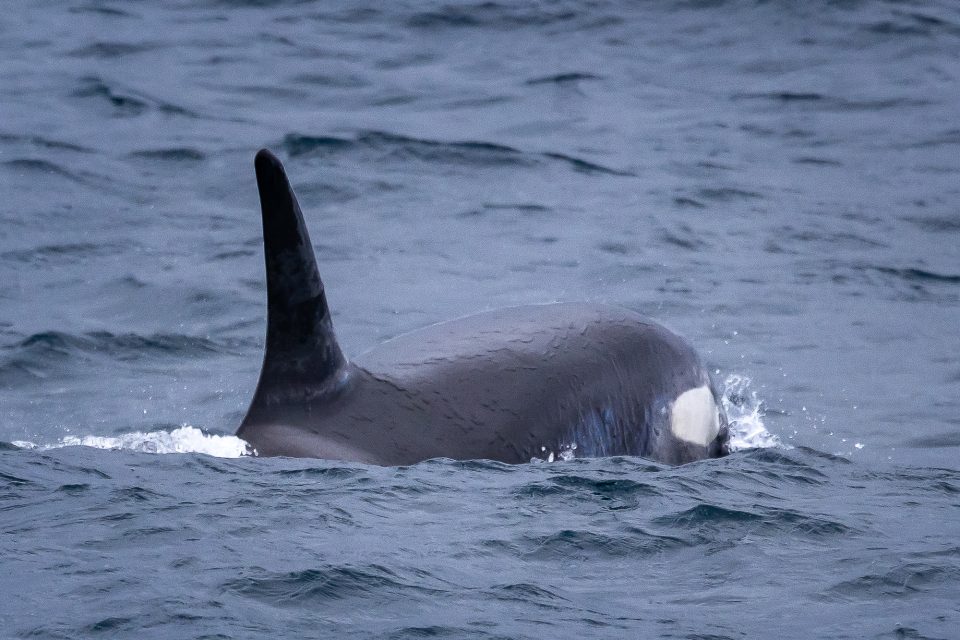
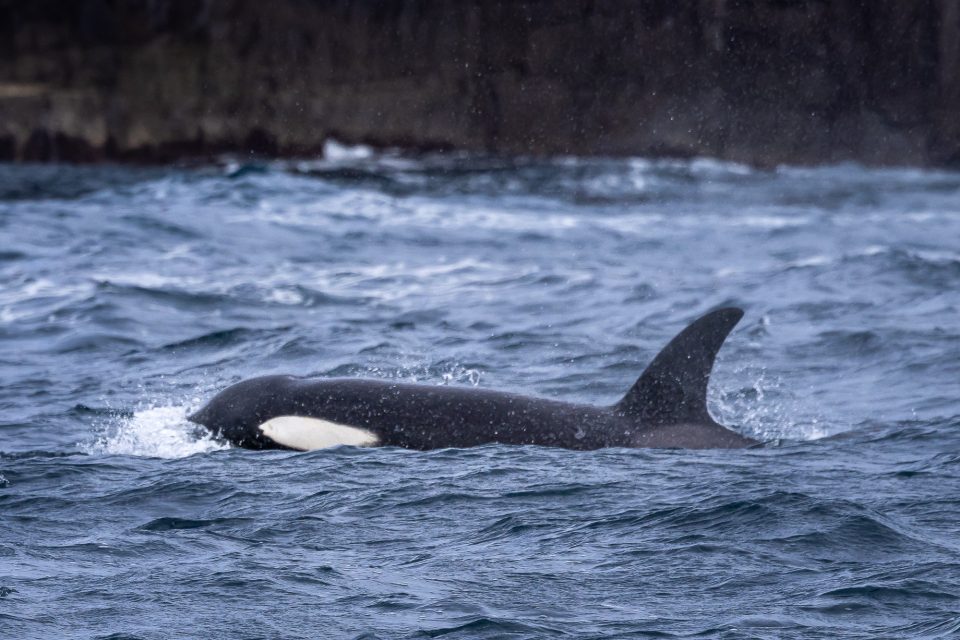
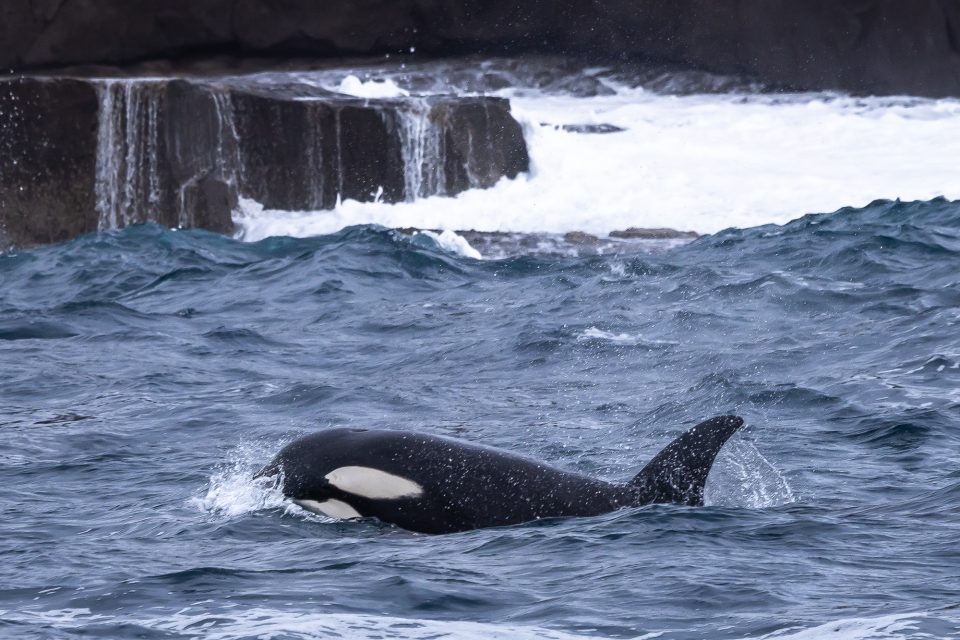
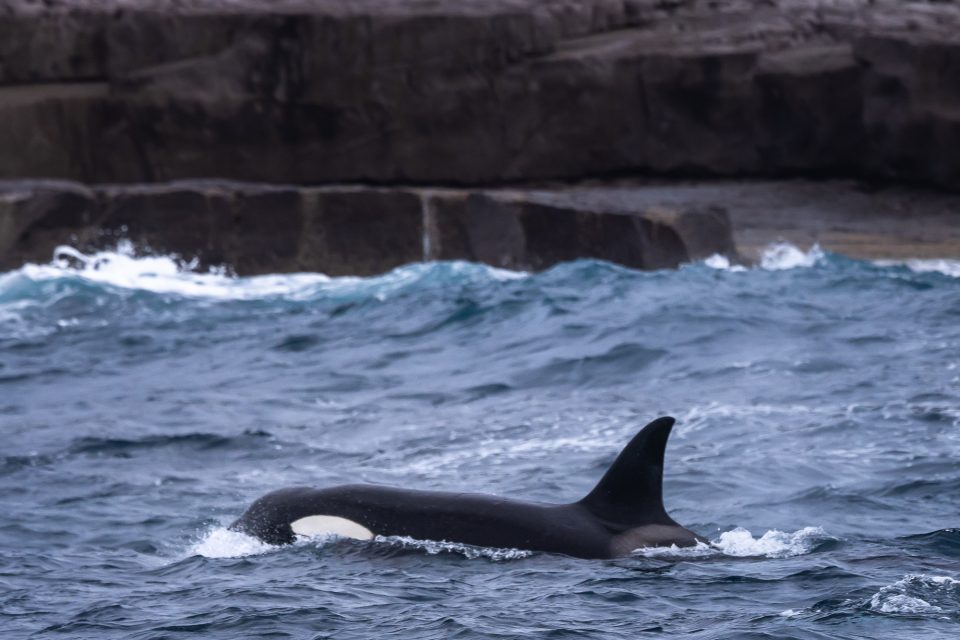
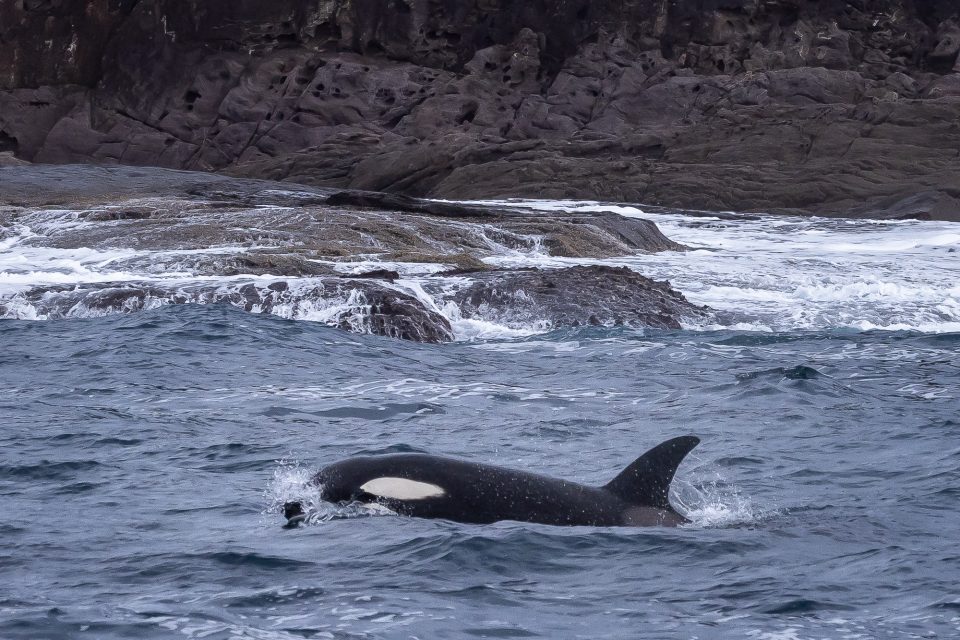
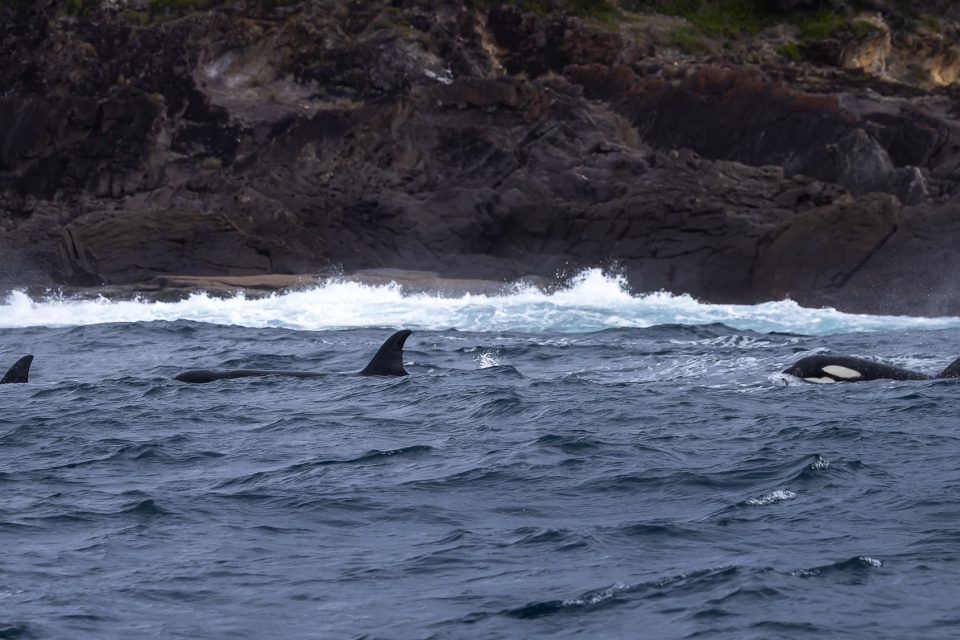
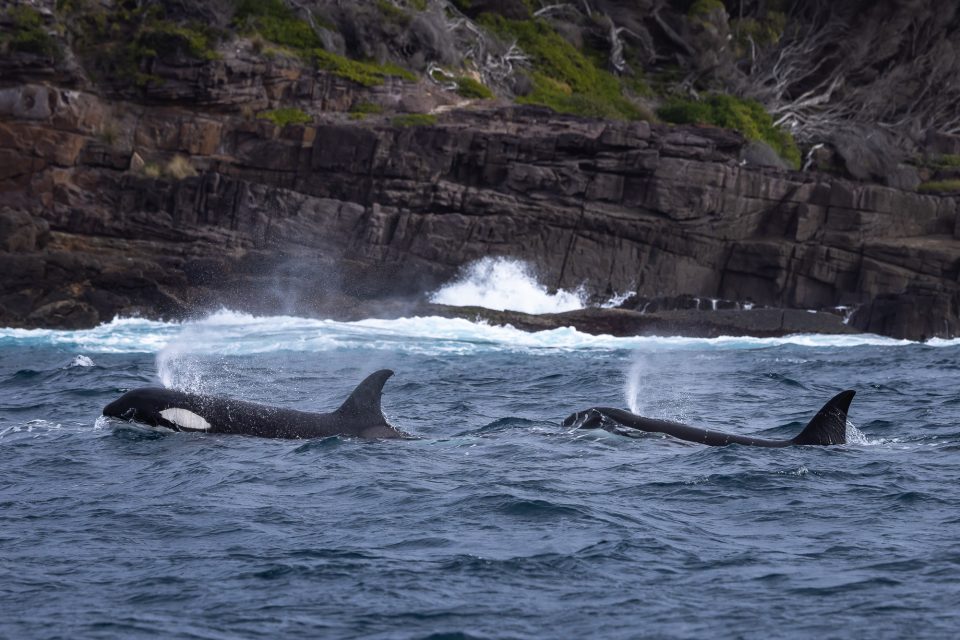
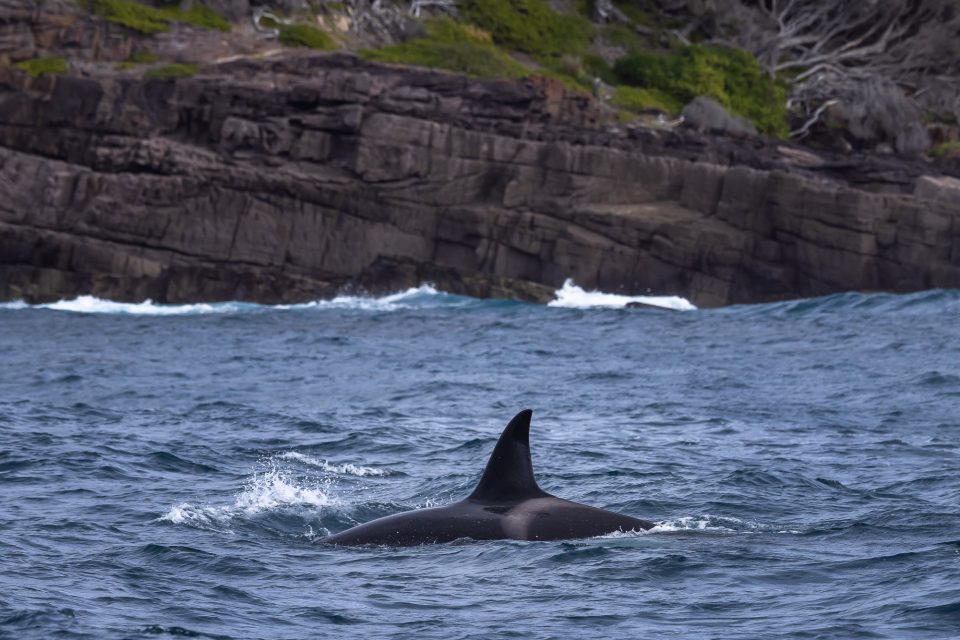
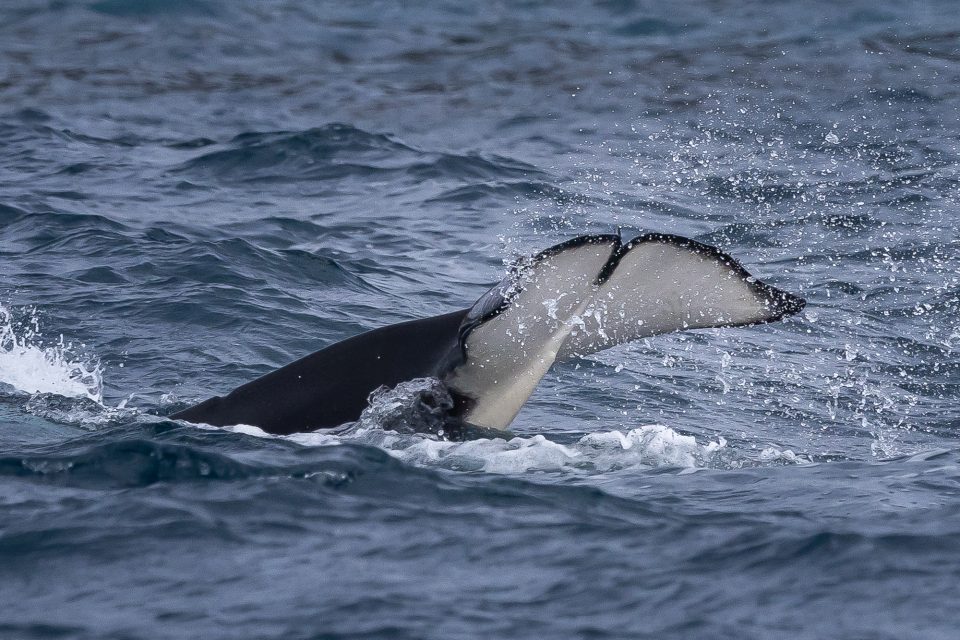
In the 19th century, a group of killer whales would make regular visits to the nearby town of Eden, led by “Old Tom”. The group hunted baleen whales alongside humans and were rewarded with tongues of the killed animals for their hard work.
In modern times, Splitfin is one of the most recognisable symbols of this long history in the region. She has been seen several times since her pod was first identified in 2003.
The surprise sighting came just over a year since Mr Rogers last photographed Splitfin in Far South Coast waters.
“No-one actually knows what happened to her dorsal fin, but she’s been seen for more than 20 years,” he said.
“It was possibly a boat strike at a young age or something from another male orca when she was young.
“We don’t know, but it’s interesting to try and work out the story.”
For Mr Rogers, who was born on the NSW South Coast, killer whale sightings are always something special.
“When I was a child growing up there we rarely saw whales, even humpbacks,” he said.
“The humpback numbers have improved and been a great success story, but maybe that has brought back the killer whales, as well.
“I’ve been an onboard photographer for the past five years now and each year you see more and more whales. It’s more and more exciting each time.”
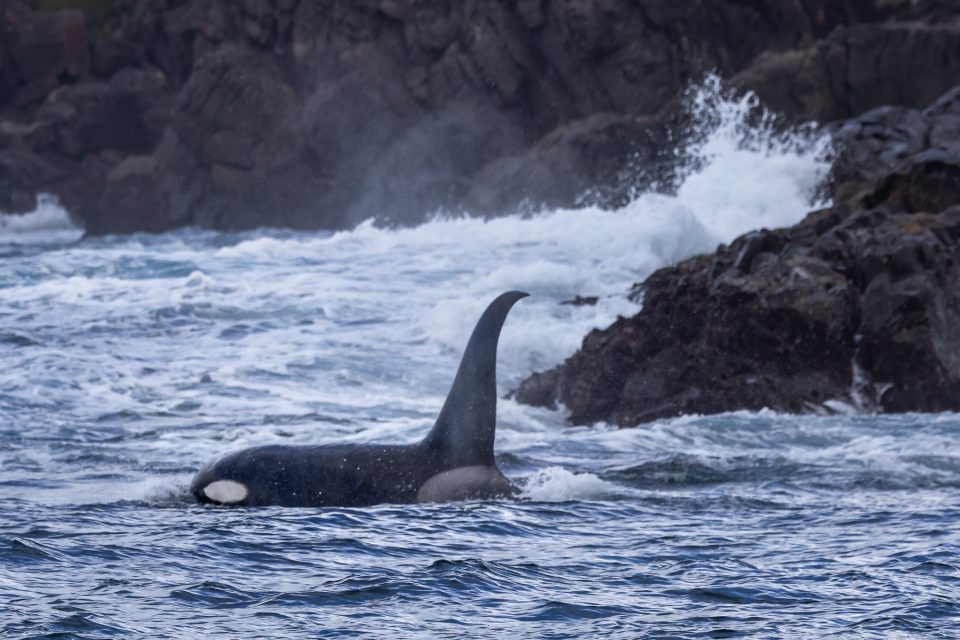
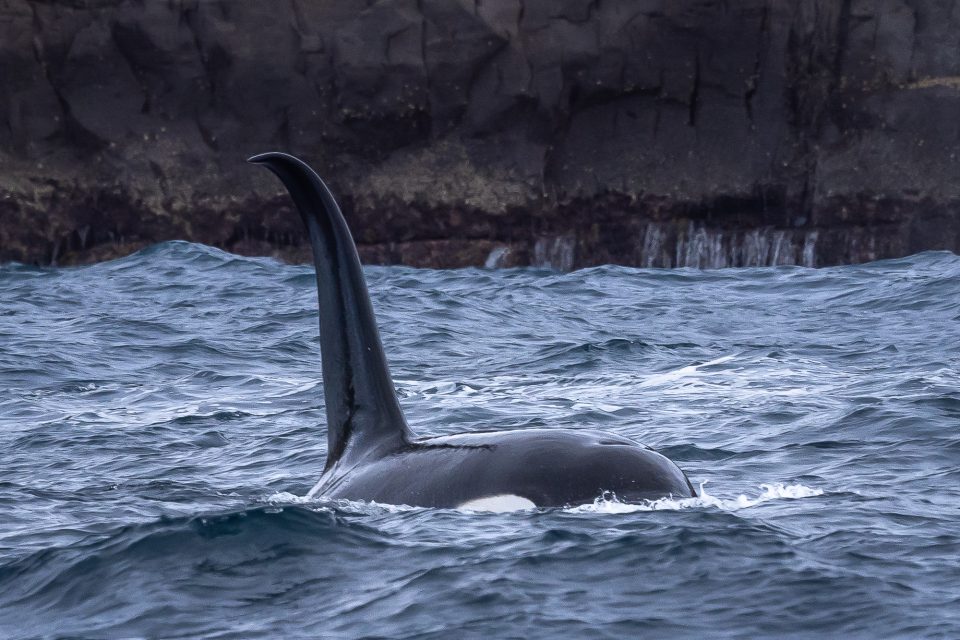
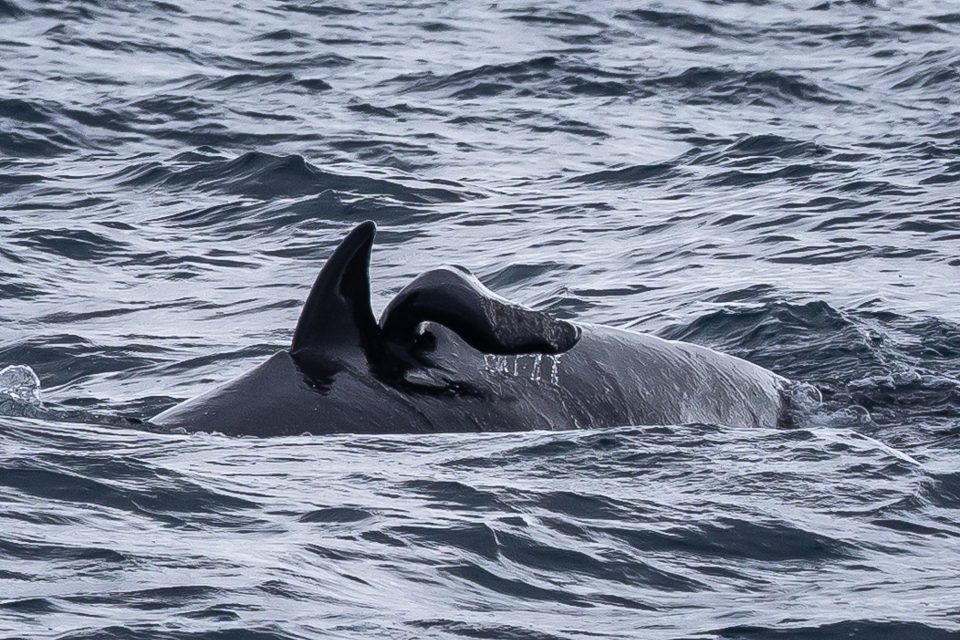
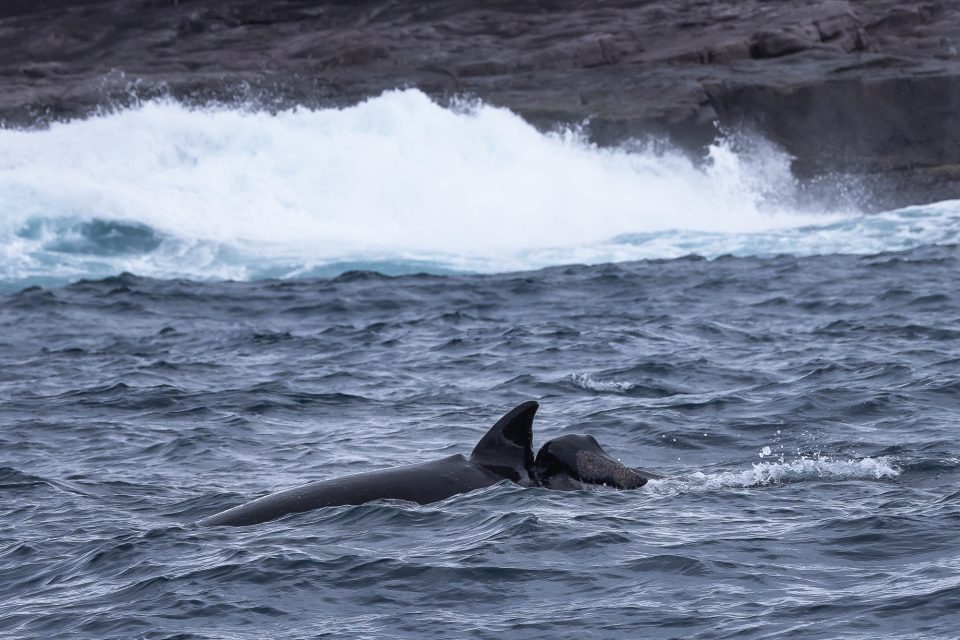
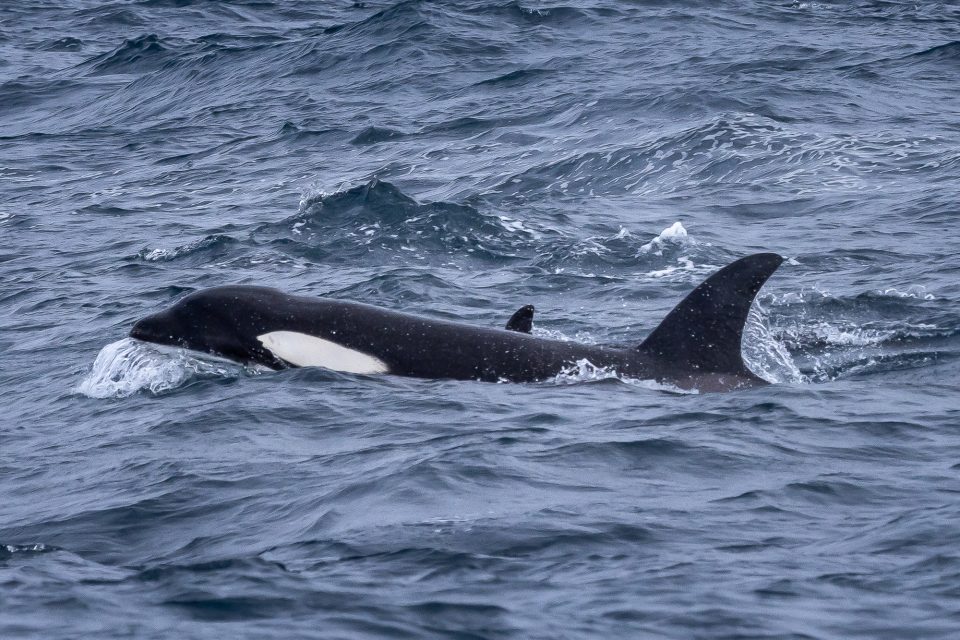
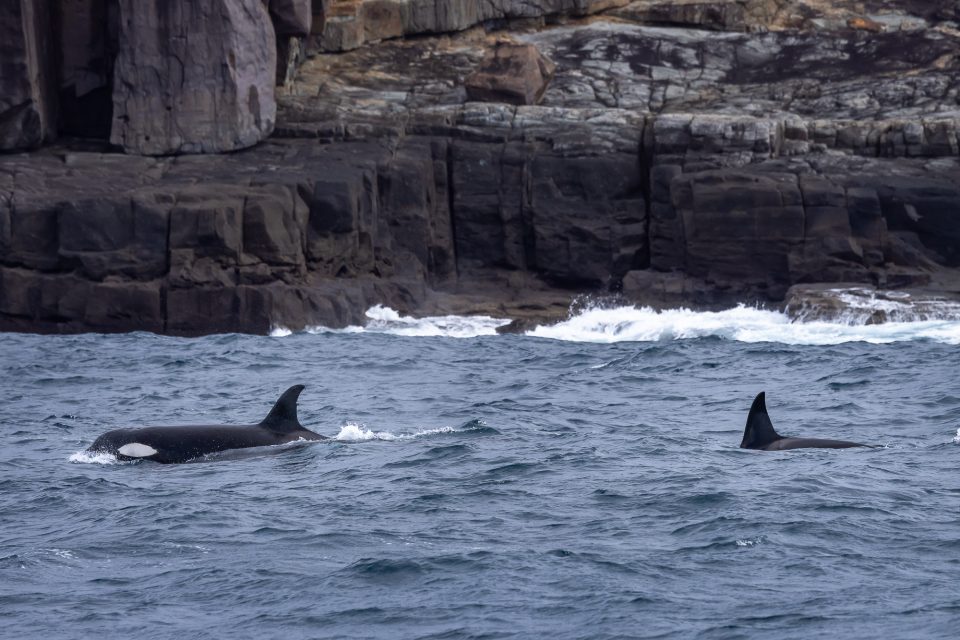
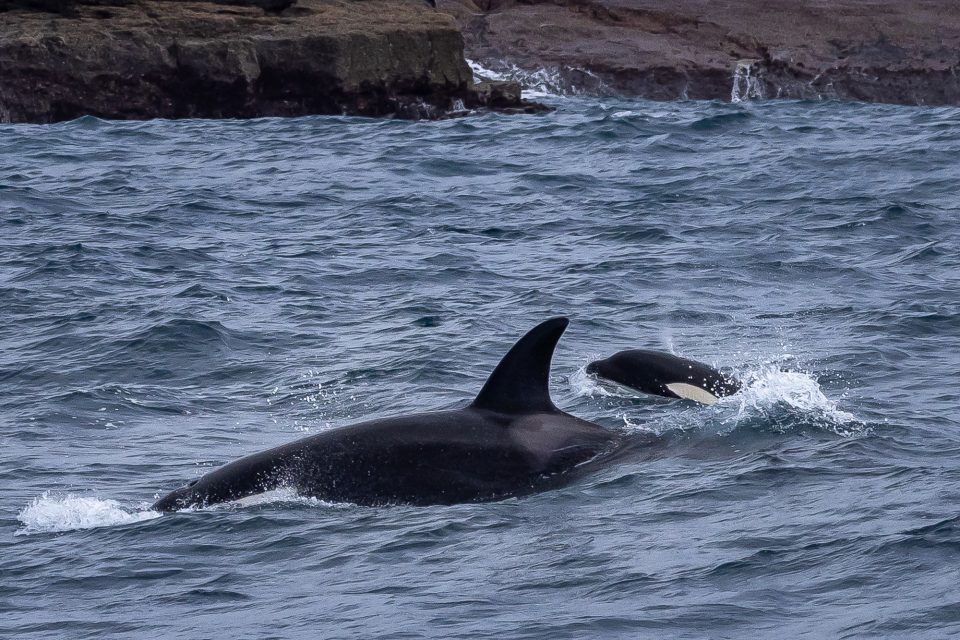
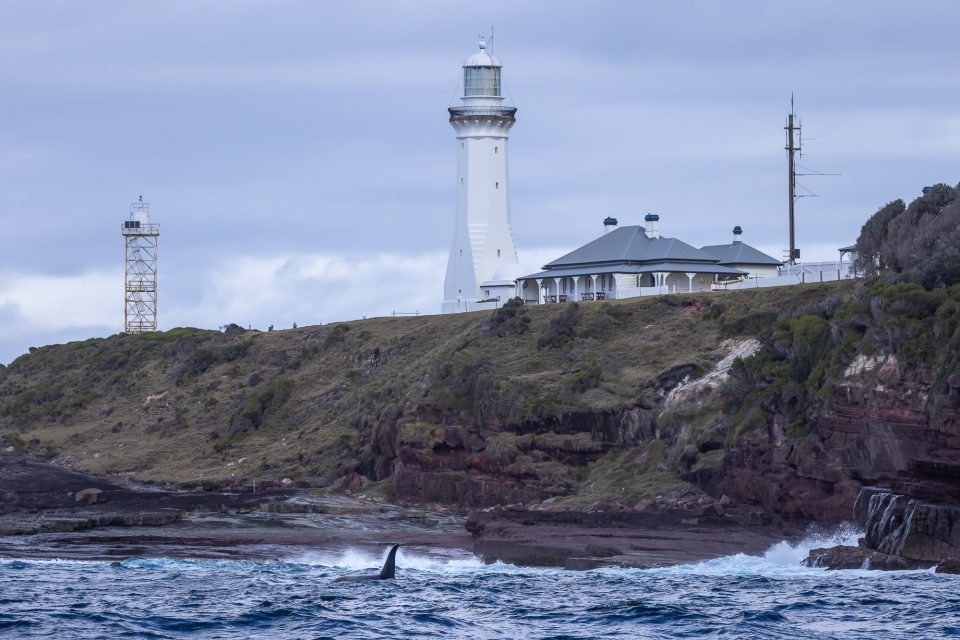
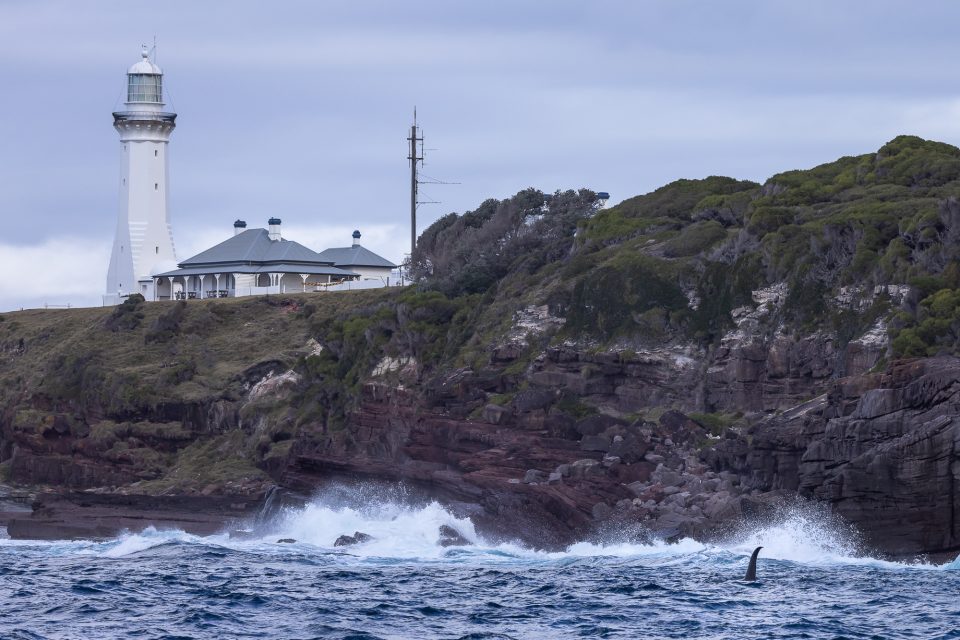
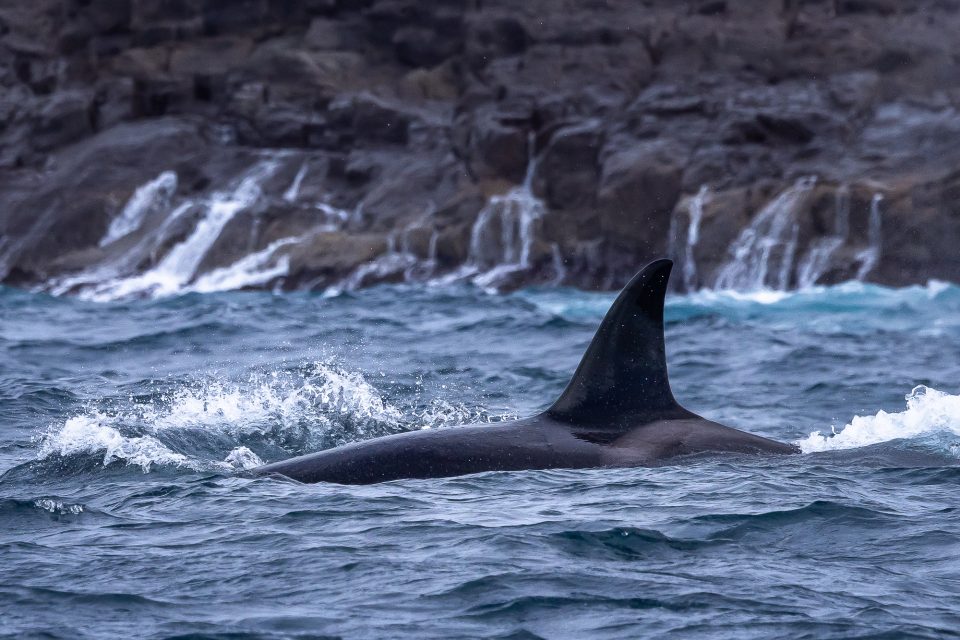
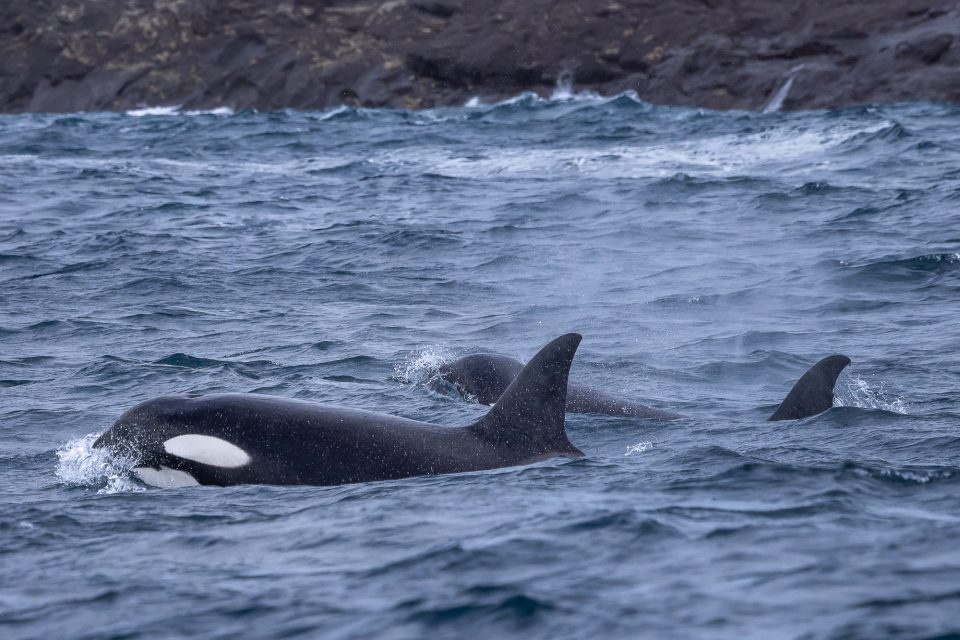
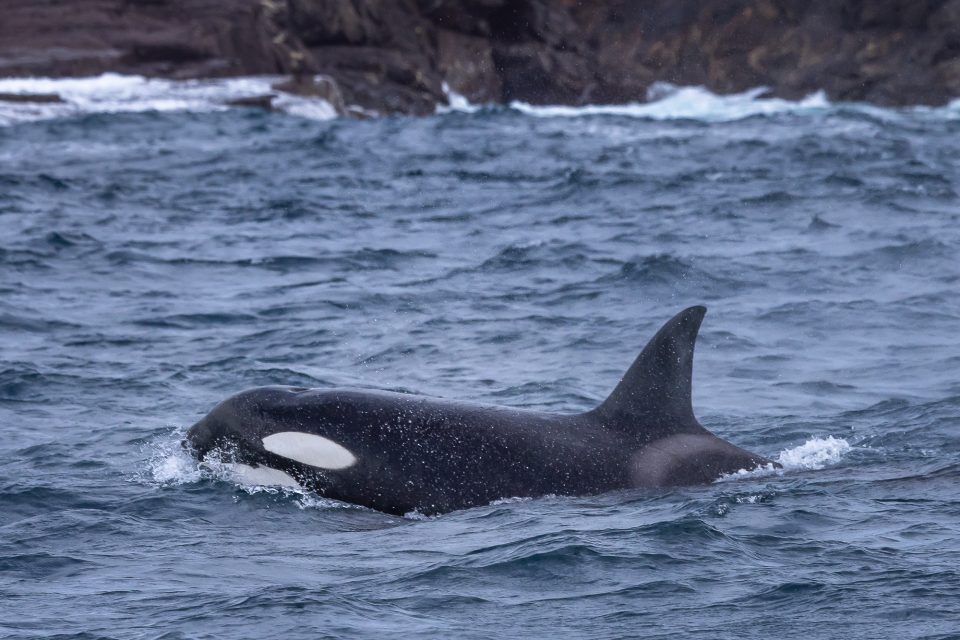
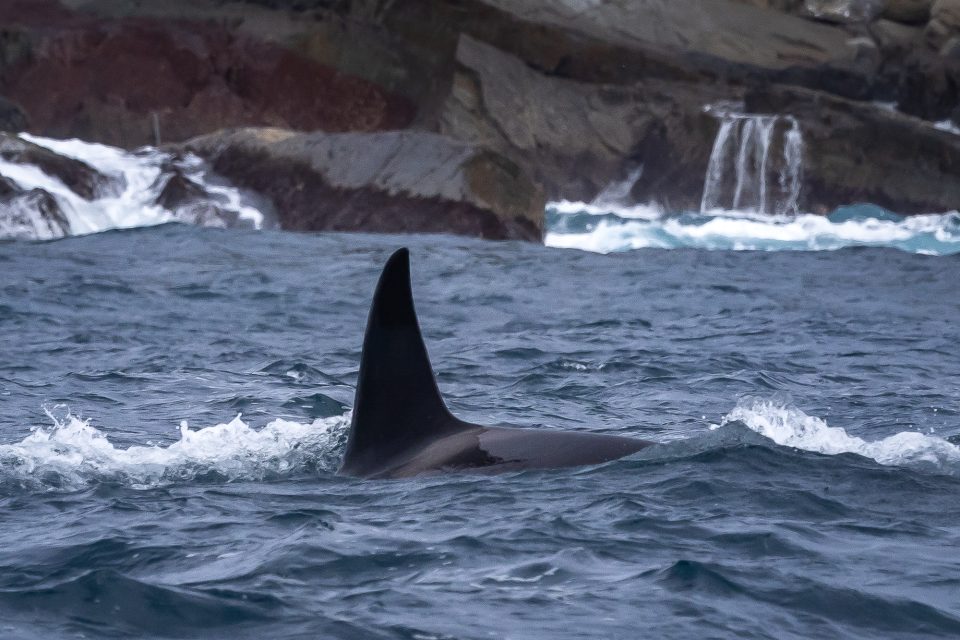
The professional photographer has simple advice for anyone looking to get their own snaps of whales during the months-long whale migration up and down the Australian coast.
“You always see something different on the ocean. Some days you’re luckier than others, but you don’t see whales sitting on the couch,” he said.
“The best thing to do is take a cruise or go to a headland – bring some binoculars and sit for a couple of hours.”
Original Article published by Claire Sams on About Regional.












